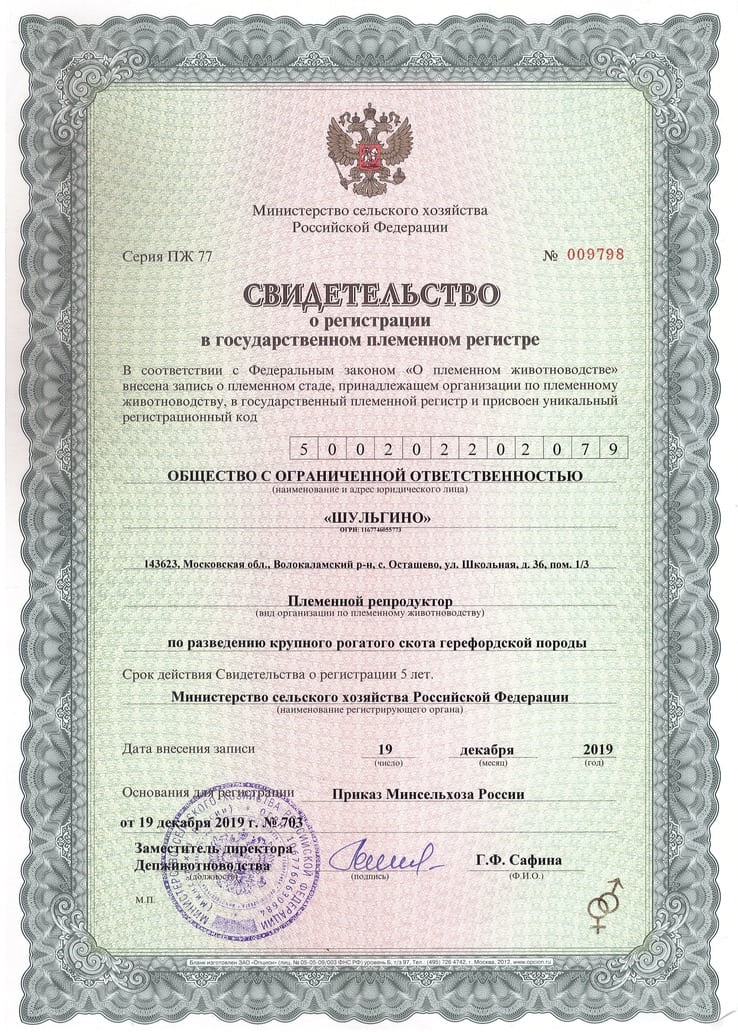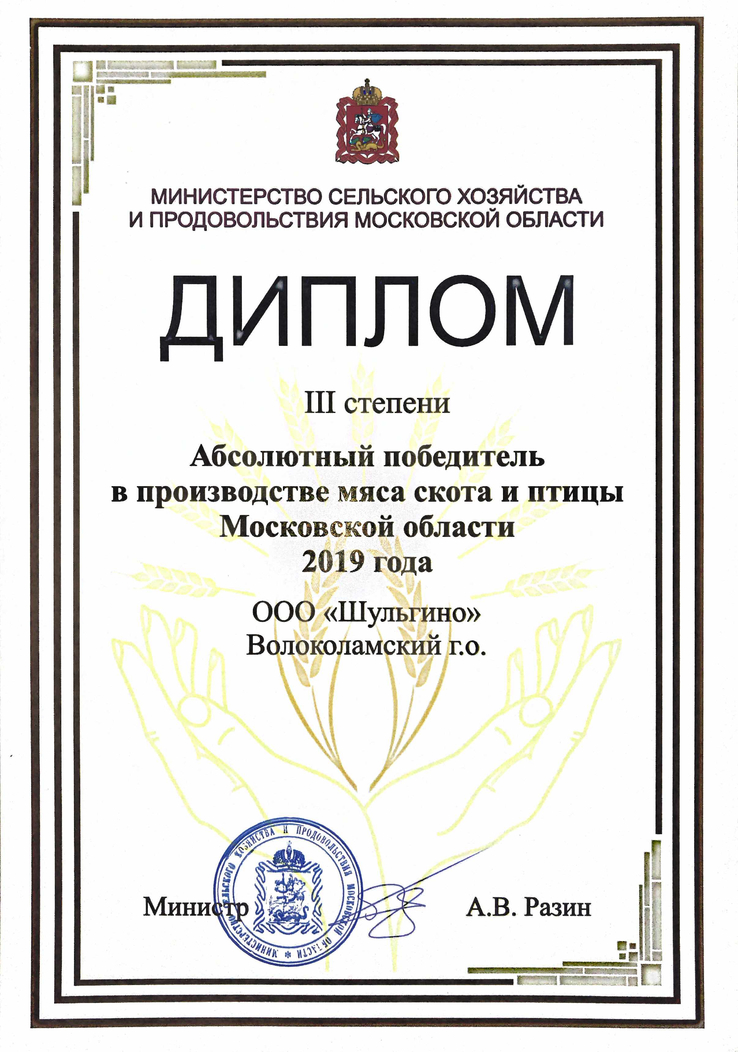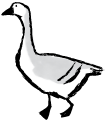Aromatherapy sessions, the right daily routine, delicious and healthy organic food, automatic combs for animals and the warmth of sincere care – we do everything to make the inhabitants of the M2 Farm happy.
Especially for keeping animals we have built spacious buildings with access to free range. When keeping animals indoors, it is of great importance to comply with the standards of zoo hygiene. We make sure that the animals are kept without crowding and control the microclimate in order to maintain the health and well-being of the inhabitants of M2 Farm.
We take care of our animals and carefully monitor their health - they live under the constant supervision of veterinarians. All animals are absolutely tame - they are accustomed to affectionate treatment and are not afraid of people at all. You can always come on an excursion to M2 farm and see for yourself - stroke the goats or feed the calves.











